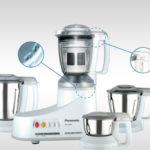Electric rice cookers are a household staple, with multiple uses and benefits. To ensure safety and prolong the lifespan of your rice cooker, it’s crucial to know how to properly clean and maintain it. Aside from the inner pot, there are three other crucial areas that require regular cleaning to ensure better-tasting, healthier, and safer rice. Let’s explore these areas and learn some useful tips for rice cooker maintenance.
1 Three Crucial Areas of a Rice Cooker That Need Regular Cleaning for Better Taste, Health, and Safety
Steam Vent on the Rice Cooker Lid
The lid of a rice cooker is designed with a steam vent to regulate the release of steam while retaining moisture and nutrients in the rice grains. This ensures that the cooked rice is tasty, fluffy, evenly cooked, and packed with essential vitamins and nutrients.
 Steam Vent on Rice Cooker Lid
Steam Vent on Rice Cooker Lid
The steam vent is prone to collecting rice foam and residue as it serves as an outlet for steam and air from the cooker. If left uncleaned, starch residue can build up and become a breeding ground for bacteria. This is one of the reasons why cooked rice left in the cooker tends to spoil faster.
Moreover, without regular cleaning, the residue can form stubborn deposits that block the steam vent. This will result in longer cooking times and increased electricity consumption. To avoid these issues and ensure both health and energy efficiency, it’s important to clean the steam vent regularly.
Inner Lid
During the cooking process, steam and foam can accumulate on the inner lid, making it dirty and sticky. If left unattended, bacteria can thrive, leading to unpleasant odors and faster spoilage of the cooked rice.
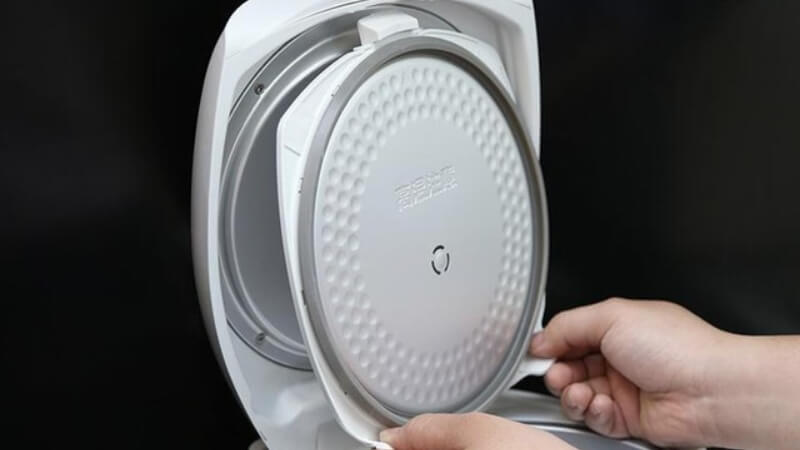 Inner Lid of the Rice Cooker
Inner Lid of the Rice Cooker
To maintain hygiene, it’s crucial to regularly clean the inner lid by removing it and wiping it down. Don’t forget to clean the rubber gasket as well, as it can harbor bacteria.
Heating Plate
The heating plate, located between the inner pot and the bottom of the rice cooker, plays a vital role in conducting heat and is designed in a circular pattern. Both the lifespan of the rice cooker and the quality of the cooked rice heavily depend on the condition of this heating plate.
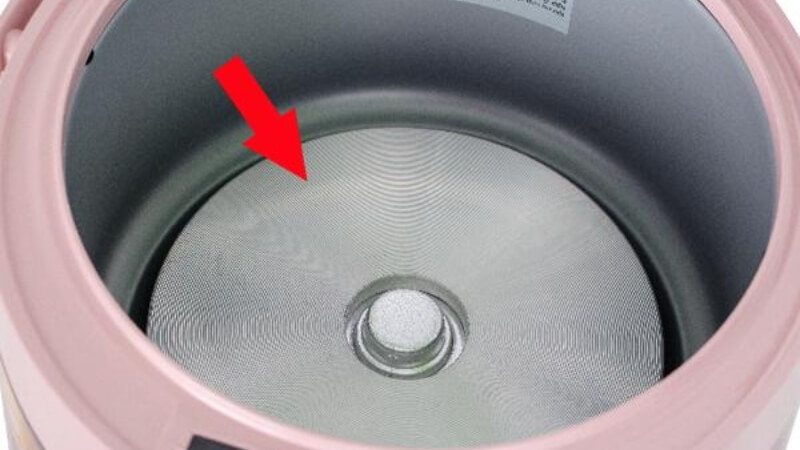 Heating Plate of the Rice Cooker
Heating Plate of the Rice Cooker
This often-overlooked area is prone to accumulating food residue, dust, rust, and discoloration if not cleaned regularly. This can lead to compromised rice quality and increased electricity consumption.
To clean the heating plate, you can use a mild detergent and a soft cloth. Be sure to wipe it dry with a towel after cleaning.
2 Tips for Prolonging the Lifespan of Your Rice Cooker
In addition to maintaining the cleanliness of these crucial areas, here are some valuable tips to help extend the lifespan of your rice cooker:
Avoid Opening the Lid While Cooking Rice
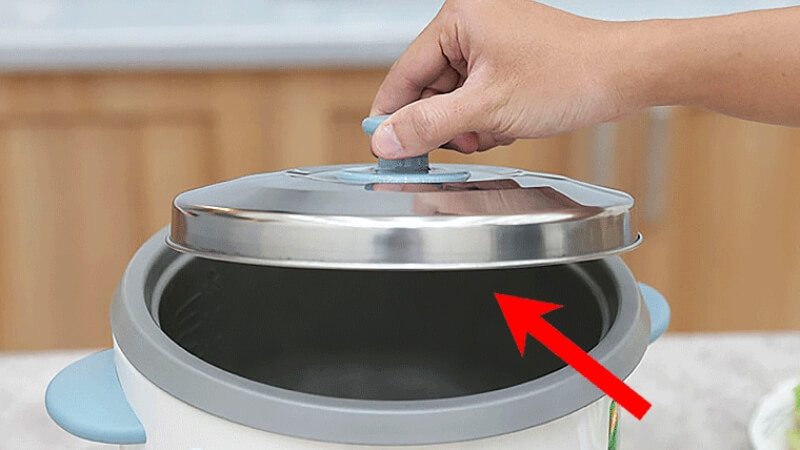 Avoid Opening the Lid While Cooking Rice
Avoid Opening the Lid While Cooking Rice
Opening the lid during the cooking process releases hot air and disrupts the stable heat environment necessary for evenly cooked rice. As a result, the rice may take longer to cook and won’t taste as good.
Don’t Unplug the Rice Cooker Immediately After the Rice is Cooked
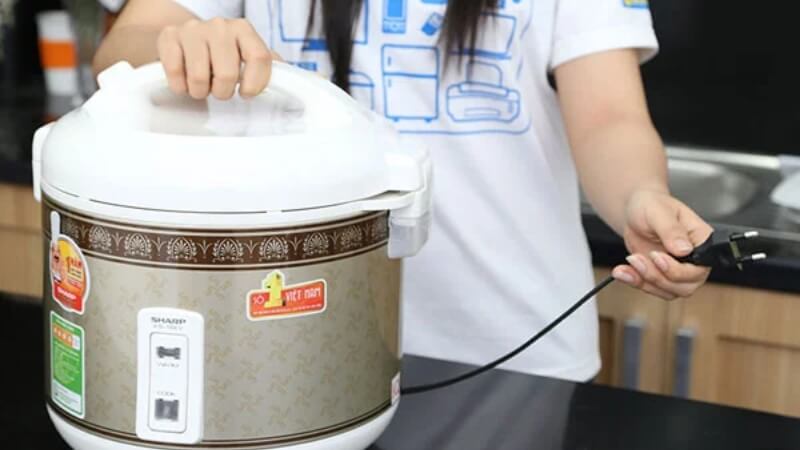 Don’t Unplug the Rice Cooker Immediately
Don’t Unplug the Rice Cooker Immediately
Once the rice is cooked, the rice cooker automatically switches to keep-warm mode. It’s recommended to let the cooker remain in this mode for about 10 minutes before unplugging it. This ensures that the rice is evenly cooked and tastes better.
Avoid Placing Metal Utensils Inside the Rice Cooker
 Avoid Metal Utensils in the Rice Cooker
Avoid Metal Utensils in the Rice Cooker
Using metal utensils like spoons or forks to scoop rice directly from the cooker can damage the non-stick coating or cause deformation. Therefore, it’s important to refrain from placing metal utensils inside the rice cooker to prolong its lifespan.
In conclusion, by regularly cleaning the crucial areas mentioned above and following the provided tips, you can ensure the longevity and optimal performance of your rice cooker. Apply these practices to your kitchen routine and enjoy delicious, healthy rice with enhanced convenience and efficiency!





























